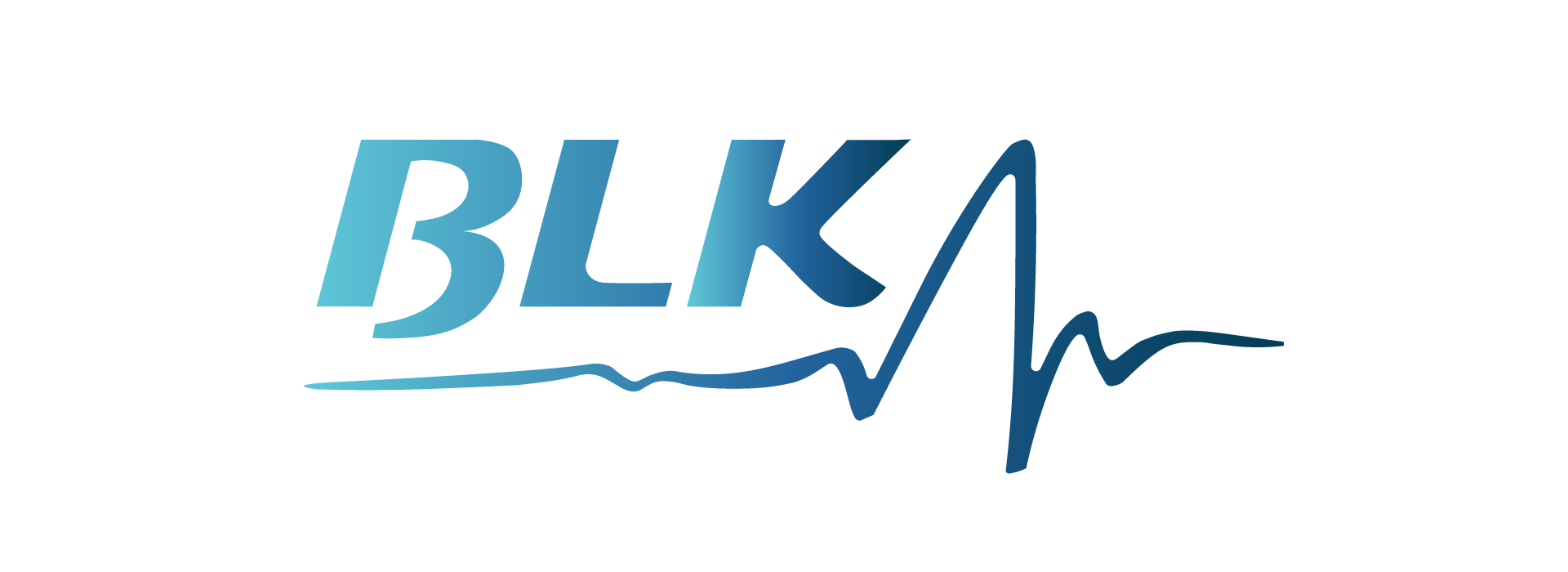Health literacy plays a pivotal role in ensuring that individuals can make informed decisions about their health. But what exactly is health literacy, and why is it so crucial for achieving better health outcomes? Let’s dive into this vital topic.
Understanding Health Literacy
Definition of Health Literacy
Health literacy is the ability to obtain, read, understand, and use healthcare information to make appropriate health decisions and follow instructions for treatment. It’s not just about reading pamphlets or navigating hospital websites; it’s about comprehending complex medical information and applying it to one’s life.
Components of Health Literacy
Health literacy comprises several components:
- Reading and Numeracy Skills: The ability to read and understand medical instructions and health information.
- Critical Thinking: Evaluating the credibility of health information and making informed choices.
- Communication Skills: Effectively communicating health needs and understanding medical advice.
Levels of Health Literacy
Health literacy can be categorized into:
- Functional Literacy: Basic skills to read and understand health information.
- Interactive Literacy: Advanced cognitive skills to engage with healthcare providers and apply information.
- Critical Literacy: Critical analysis and use of information to exert greater control over life events and situations.
The Impact of Health Literacy on Health Outcomes
Improved Patient Understanding
Health literacy leads to better understanding of medical conditions, treatments, and preventive measures. Patients with high health literacy can follow medication instructions correctly and recognize the significance of adherence to prescribed treatments.
Better Decision Making
Informed patients are better equipped to make decisions regarding their health. They can weigh the pros and cons of treatments, understand potential side effects, and choose options that align with their values and preferences.
Enhanced Communication with Healthcare Providers
Effective communication between patients and healthcare providers is crucial. Health literacy empowers patients to ask relevant questions, share symptoms accurately, and fully understand their diagnoses and treatment plans.
Barriers to Health Literacy
Socioeconomic Factors
Economic disparities often limit access to quality education and healthcare, contributing to lower health literacy. Individuals from lower socioeconomic backgrounds may struggle to understand health information due to limited resources.
Educational Disparities
Educational attainment directly impacts health literacy. Those with lower levels of education may find it challenging to navigate the healthcare system and comprehend complex medical terminology.
Cultural and Language Barriers
Cultural differences and language barriers can hinder understanding of health information. Non-native speakers and individuals from diverse cultural backgrounds may require tailored communication strategies to improve health literacy.
Strategies to Improve Health Literacy
Education and Training Programs
Implementing educational programs that focus on improving health literacy is essential. These programs should be designed to enhance reading, numeracy, and critical thinking skills related to health.
Simplifying Health Information
Healthcare providers should strive to present information in a clear and concise manner. Using plain language, visual aids, and interactive tools can make health information more accessible.
Community Outreach and Support
Community-based initiatives can play a significant role in improving health literacy. Outreach programs that provide resources and support tailored to specific communities can bridge the gap in health education.
Role of Healthcare Providers
Clear Communication Practices
Healthcare providers should adopt clear communication practices for better medical assistance. This includes using simple language, avoiding medical jargon, and confirming patient understanding through teach-back methods.
Patient Education Initiatives
Developing patient education initiatives, such as workshops and informational sessions, can enhance health literacy. These initiatives should focus on common health issues and practical ways to manage them.
Use of Technology to Aid Understanding
Leveraging technology, such as mobile apps and online portals, can support patients in accessing and understanding health information. Interactive tools and digital resources can facilitate better comprehension.
Health Literacy in Different Populations
Children and Adolescents
Health literacy efforts should start early. Educating children and adolescents about health topics can establish a foundation for lifelong literacy. School-based programs and parental involvement are key components.
Elderly Population
The elderly often face unique challenges related to health literacy, such as cognitive decline and sensory impairments. Tailored strategies, like using larger print and simplifying instructions, can help.
Chronic Disease Patients
Patients with chronic diseases require ongoing education to manage their conditions effectively. Providing continuous support and resources can improve their health outcomes and quality of life.
Technologies Impact
Digital Health Tools
Digital health tools, such as wearable devices and health apps, can enhance health literacy by providing real-time data and personalized insights. These tools help individuals track their health and make informed decisions.
Telemedicine and Its Impact
Telemedicine has revolutionized healthcare access. It offers a platform for patients to consult with healthcare providers remotely, which can improve health literacy by making information and advice more accessible.
Online Health Resources
Reliable online health resources, such as government health websites and educational platforms, can serve as valuable sources of information. Ensuring these resources are user-friendly is essential.
Measuring Health Literacy
Tools and Methods
Measuring health literacy involves various tools and methods, such as surveys, assessments, and literacy tests. These tools help identify gaps and track progress over time.
Importance of Assessment
Regular assessment of literacy is crucial for tailoring interventions and improving health outcomes. It helps healthcare providers understand patient needs and adjust their communication strategies accordingly.
In conclusion, health literacy is a cornerstone of better health outcomes. It empowers individuals to make informed decisions, enhances communication with healthcare providers, and improves overall health management. By addressing barriers and implementing effective strategies, we can pave the way for a healthier future.
FAQs
What is health literacy?
Health literacy is the ability to obtain, read, understand, and use healthcare information to make informed health decisions and follow treatment instructions.
Why is health literacy important?
Health literacy is crucial because it enables individuals to understand health information, make informed decisions, and effectively communicate with healthcare providers, leading to better health outcomes.
How can healthcare providers improve health literacy?
Healthcare providers can improve health literacy by using clear communication practices, developing patient education initiatives, and leveraging technology to aid understanding.




